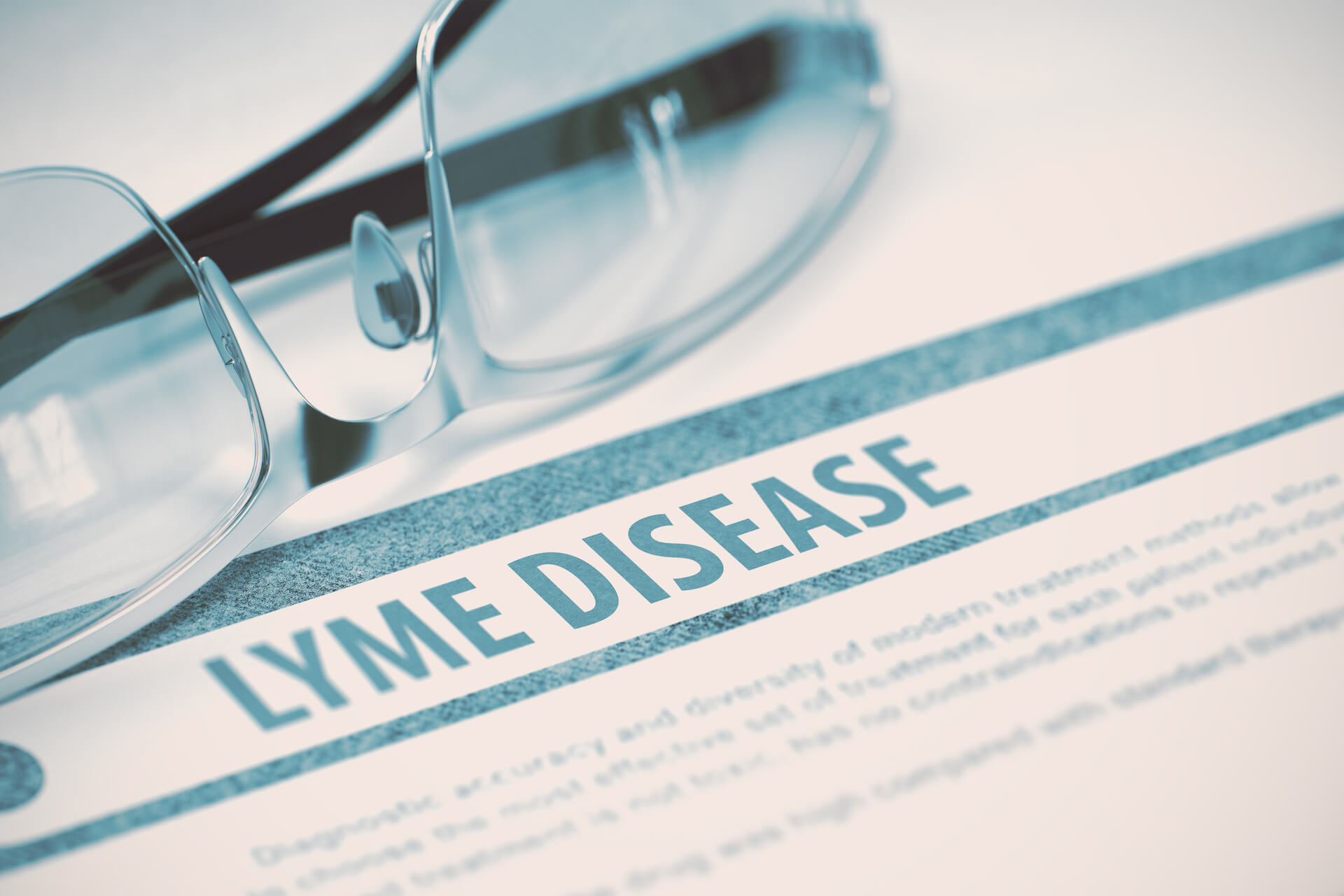With the onset of spring, you’re not alone in wanting to spend more time outdoors. Our experts encourage this decision but remind you to be careful. While Lyme disease can occur year-round, April through October is considered tick season.
To help stay healthy, keep these 8 facts about Lyme disease in mind!
#1. What Is Lyme Disease?
Lyme disease (borreliosis) is an infection caused by the bacteria Borrelia burgdorferi, which is most commonly spread by a tick bite. These ticks are the black-legged deer tick and the western black-legged tick. In other words, not all ticks carry Lyme disease.
The disease is named after the small coastal town of Lyme, Connecticut, where it was first described in America in 1975.
#2. What Are the Symptoms of Lyme Disease?
Symptoms vary and usually appear in stages.
Stage 1, early localized disease, usually happens within 3 to 30 days of a tick bite. Symptoms include:
- a rash, usually as a single circle that slowly spreads from the site of the tick bite,
- extreme tiredness,
- fever,
- headache,
- joint stiffness,
- muscle aches and pains,
- and swollen lymph nodes.
Stage 2, early disseminated disease, often shows up 3 to 10 weeks after a tick bite. Symptoms include Stage 1 symptoms and
- immune-system activity in eye nerves that causes pain or vision loss,
- immune-system activity in heart tissue that causes irregular heartbeats,
- many rashes on other parts of the body,
- muscle weakness on one or both sides of the face,
- neck pain or stiffness,
- pain that starts from the back and hips and spreads to the legs,
- pain, numbness, or weakness in the hands or feet,
- and painful swelling in tissues of the eye or eyelid.
Stage 3, late disseminated disease, usually begins 2 to 12 months after a tick bite. In the US, arthritis in large joints, particularly the knees, is most common at this stage. Pain, swelling, or stiffness may last for a long time, or the symptoms may come and go.
#3. Who Is at Risk for Lyme Disease?
Lyme disease can affect people of any age.
- In the US, Lyme disease peaks in children ages 5 to 15 and adults ages 45 to 55.
- Instances are higher in men than women under 60 years of age.
- In older age groups, instances of women getting Lyme disease can be equal to or slightly higher than men.
#4. How Many People Get Lyme Disease?
A recently released estimate based on insurance records suggests that around 476,000 Americans are diagnosed and treated for Lyme disease each year. It is likely that some patients treated were not actually infected, so the number may be closer to 300,000. This goes to show there is no way of knowing just how many people get Lyme disease.
#5. Are There Possible Co-infections?
Co-infection is a potential problem. Ixodes scapularis ticks carrying Borrelia burgdorferi often carry and transmit other disease-causing microbes simultaneously. In addition to Lyme disease, possible infections include:
#6. Is Testing for Lyme Disease Challenging?
The first symptom is often an expanding round or oval red rash that looks like a bullseye. While Lyme disease can be diagnosed by seeing the characteristic rash, it may be present in only 10-20% of cases.
Plus, testing is challenging, as there is no reliable biomarker for Lyme disease. Since there is no way to test for the presence of Borrelia burgdorferi, blood tests look to see if the body is making antibodies in response. The test is negative early on because it takes time for the immune system to react in defense. So, the Lyme test is not helpful in the very beginning, and it takes a while to get back the results.
To determine the probability you have Lyme disease and other tick-borne disorders, you can take the Horowitz Lyme-MSIDS Questionnaire.
#7. What Is Post-Treatment Lyme Disease Syndrome?
Some patients can experience post-treatment Lyme disease syndrome (PTLDS) up to six months after treatment from Lyme disease. The reason is unknown. Experts hypothesize:
- Borrelia burgdorferi triggers an autoimmune response.
- PTLDS results from a persistent, difficult-to-detect infection.
- symptoms of PTLDS are from causes unrelated to Borrelia burgdorferi.
#8. Where Should I Go for Treatment?
If you’re experiencing symptoms of Lyme disease or PTLDS, you must find a Lyme-literate physician to help navigate the plethora of issues that Lyme patients experience. Often, making the diagnosis is the most challenging part.
The James Clinic offers complete integrative care for Lyme patients, including prescription medications, supplements and herbals, and advanced IV therapies.
Integrative medicine seeks to understand the whole person and functional medicine seeks to identify and treat the underlying cause of one’s condition. At The James Clinic, we do both, helping patients feel their best.
Get on the road to recovery by requesting a consult today!

